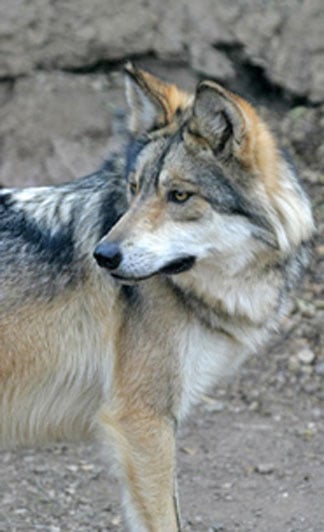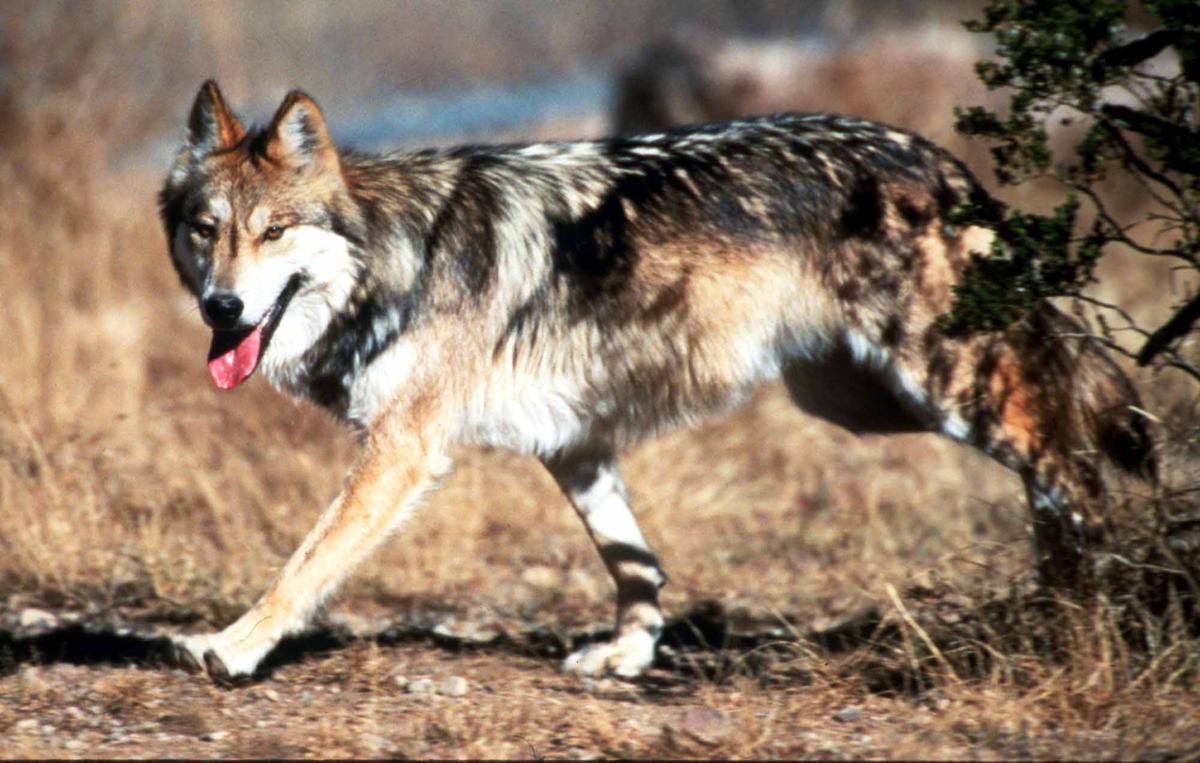The field team
suspended capture operations pending a review of the events that led to
the wolves' deaths. According to a state release, the wolves were shot
with darts and released back into the wild. One wolf died four days
after being released, and the other died within minutes of being darted.
The press release said 13 wolves have been successfully processed in
the operation so far this year. The deaths are the first fatalities in
the count and capture operations, which have processed 110 wolves since
2005.
The annual population count and
capture operation is conducted every winter to determine the minimum
number of Mexican wolves in the Mexican Wolf Experimental Population
Area, which includes part of Arizona and New Mexico. The wolves are
counted by air via an airplane and helicopter. The captures are made
with a tranquilizer dart from the helicopter. The capture operations are
conducted to attach radio collars, which enable the field team to
gather biological information, such as dispersal, territories, habitat
use and breeding. The radio collars also allow the handlers to monitor
the wolves for potential conflicts with human activities, such as
livestock depredations. While immobilized, the team also obtains blood
from each wolf for DNA analysis and to screen for disease, determines
body condition, and gives vaccinations.
The
news release said the techniques were permitted by the Fish and
Wildlife Service, and that volunteers allr eceived up-to-date training
in drug immobilization and wolf handling. Additionally, handlers are
trained in ehlicopter safety and aerial capture techniques. A
veterinarian was also involved in the processing of the wolves, the
release siad.
The team may refine its procedures based on results from the necropsies, the news release said.
A subspecies of the gray wolf, the Mexican wolf was added to the federal endangered species list in 1976.
Reintroduction
started in 1998, but the effort has been hampered over the years by
politics, illegal killings and other factors. Disputes over the
program’s management have spurred numerous legal actions by
environmentalists who want more wolves released and by ranchers
concerned about their livelihoods and safety in rural communities. There
are now at least 109 wolves in the wild in the two states. That’s more
than at any time since the reintroduction started.
source
source




No comments:
Post a Comment